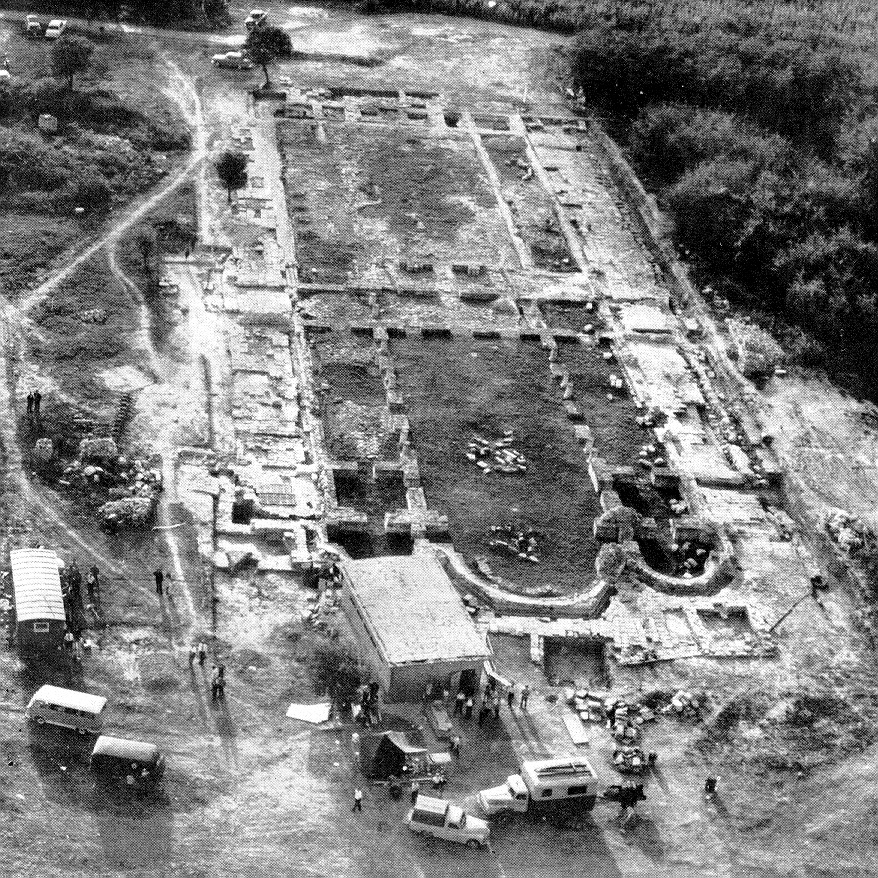On the contrary, photos of the May 24th celebrations in Bulgaria:





















 To me, the history of the so called proto Bulgars (прабългари) has always been a fascinating topic to research. As you can see, this is a very open-minded article and I don't think you can call it propaganda. Many historians claim Bulgars were Turkic. Others say Iranian.
To me, the history of the so called proto Bulgars (прабългари) has always been a fascinating topic to research. As you can see, this is a very open-minded article and I don't think you can call it propaganda. Many historians claim Bulgars were Turkic. Others say Iranian. 



















Comment